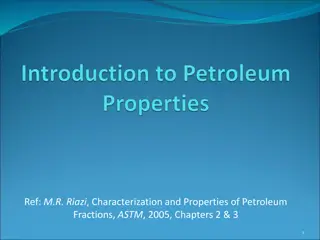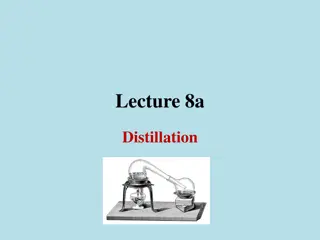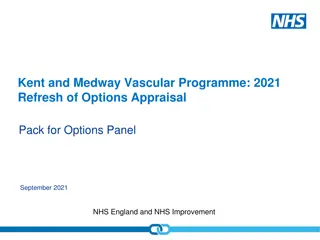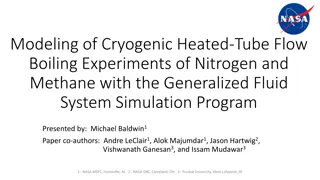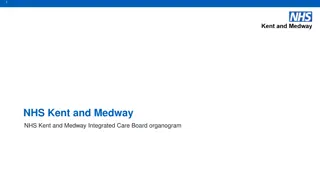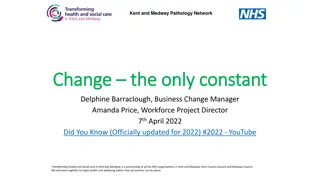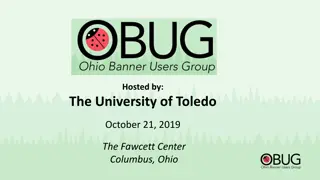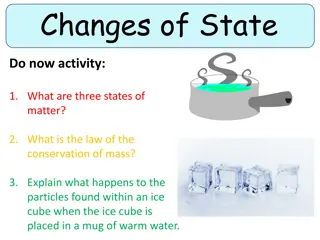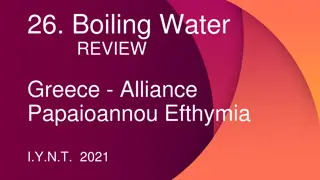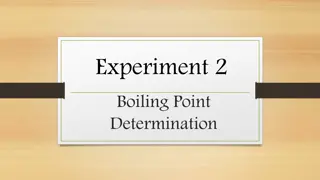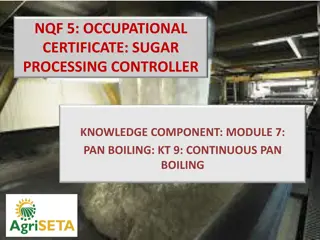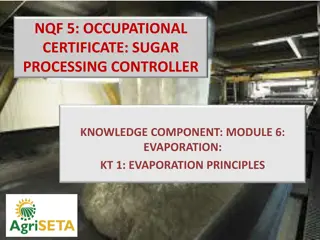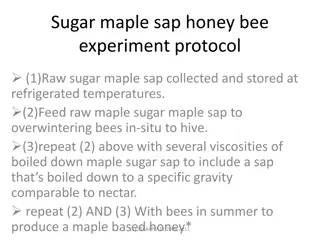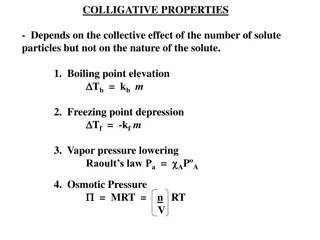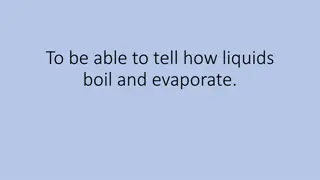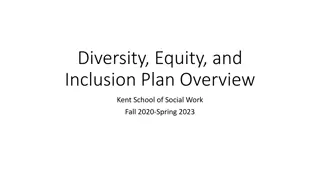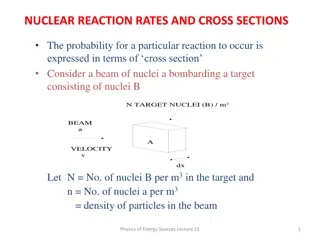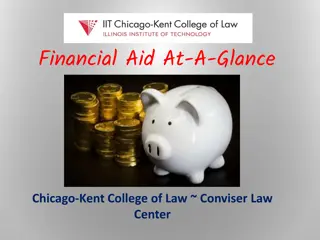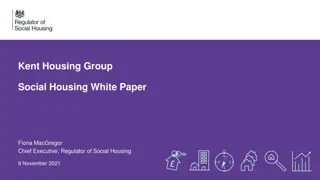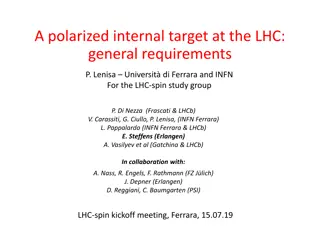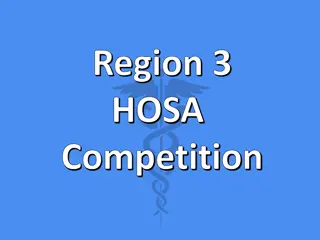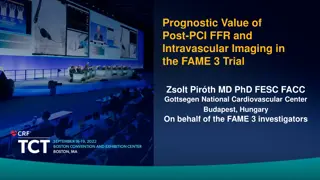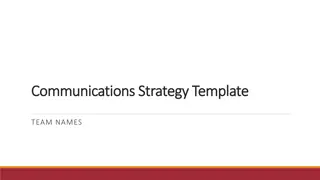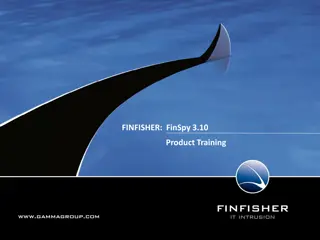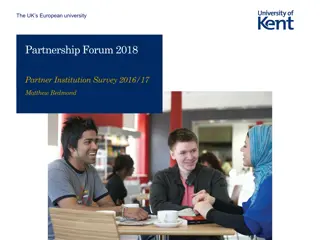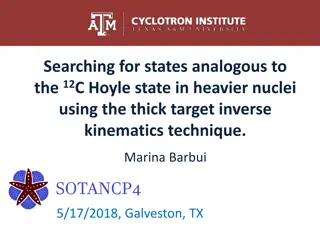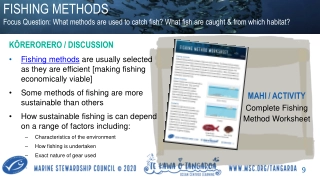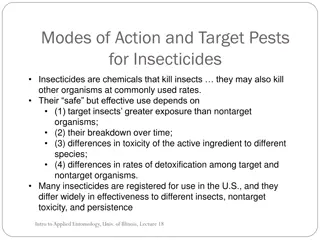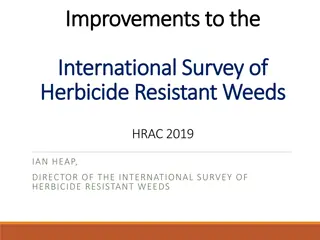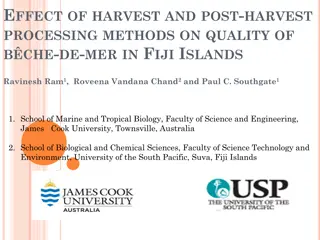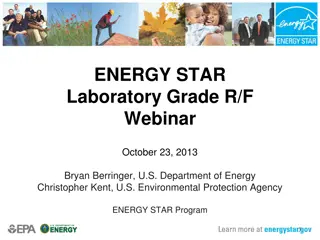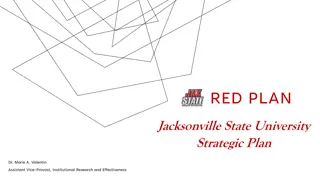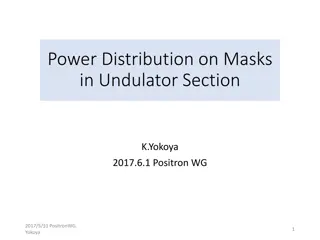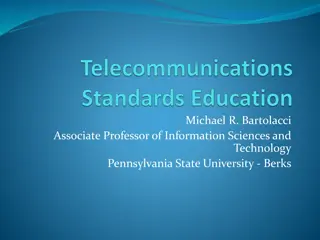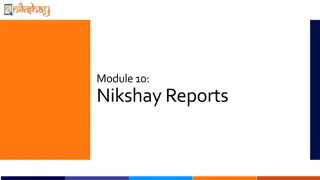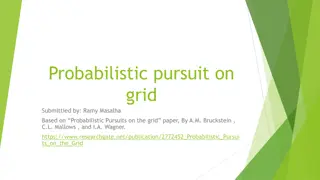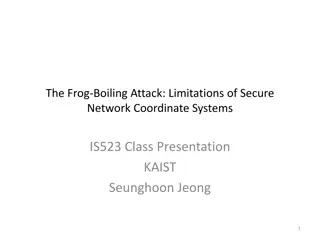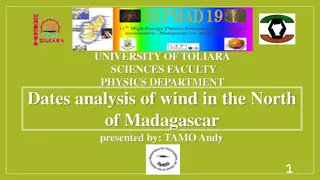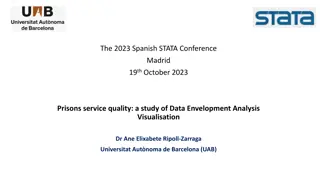Analysis of Boiling Target Study at Kent State University
Boiling Target Study conducted at Kent State University focused on analyzing the impact of beam current on target density fluctuations, termed as Boiling. The study involved applying various cuts, calculating live time, and extracting charge yield data to determine the presence of target boiling. Supervised by Dr. Makis Petratos and Mina Katramatou, the research aimed to understand the physics behind the boiling phenomena using LH2 and Carbon targets. Utilizing GMP boiling target runs from Spring 2015, the analysis revealed insights into the behavior of the targets under different beam conditions.
Uploaded on Sep 21, 2024 | 0 Views
Download Presentation

Please find below an Image/Link to download the presentation.
The content on the website is provided AS IS for your information and personal use only. It may not be sold, licensed, or shared on other websites without obtaining consent from the author. Download presentation by click this link. If you encounter any issues during the download, it is possible that the publisher has removed the file from their server.
E N D
Presentation Transcript
Boiling Target Study Sheren Alsalmi Kent State University Supervisors: Dr. Makis Petratos & Mina Katramatou
Motivation: Discuss a previous analysis work on Boiling Target using two targets: LH2 and Carbon. The analysis was done using GMP boiling target runs (Spring 2015). Methods: Charge yield vs. Beam current Scaler counts vs. Beam current 1 Sheren Alsalmi Boiling Target Study
Physics of Boiling Target Study: When the beam passes through the target, the local temperature fluctuations could cause a variation in the target density. This density variation is called Boiling , and it increases with increasing current. The target density changes with current as follows: r =r0(1.0-B.I)/100 where I is the beam current,B is the target boiling factor, and is the nominal target density at I = 0. 2 Sheren Alsalmi Boiling Target Study
Analysis Steps: Calculate Live Time Apply cuts: PID cut One track cut ( select events only with one track in VDCs) Cut on target length Beam trip cut ( was not applied during this study, but applied later with no significant changes in the results) Check the efficiency of each cut Extract the number of good events after all the above. Calculate and Plot the normalized charge yield vs. current for each run. If it is equal to 1 => no boiling, and if it is less than 1 => the target is boiling. 3 Sheren Alsalmi Boiling Target Study
1. Calculating the Live Time: where PSTi is the pre- scaler factor trigger i, NDAQ and Nscaler are total numbers of trigger events and scaler counts respectively for the trigger i. of the 4 Sheren Alsalmi Boiling Target Study
2. Applying the Cuts: Cerenkov cut: After cut Before cut 5 Sheren Alsalmi Boiling Target Study
2. Applying the Cuts: One-Track cut: After cut Before cut 6 Sheren Alsalmi Boiling Target Study
2. Applying the Cuts: The cut on target length: After cut Before cut 7 Sheren Alsalmi Boiling Target Study
2. Applying the Cuts: As mentioned before, the beam trip cut was NOT applied during this study. However, I got rid of the events when the beam was tripping. Results did not change after applying beam trip cut. After cut Before cut 8 Sheren Alsalmi Boiling Target Study
Calculating the Charge Yield: After applying the appropriate cuts, and checking the efficiencies, we can calculate the total charge using: where Q is the charge, a & b are constants. Then one can calculate the current using: and the charge yield is given by: 9 Sheren Alsalmi Boiling Target Study
Results: By: Thir Gautam (GMP) By: Sheren Alsalmi 10 Sheren Alsalmi Boiling Target Study
Great thanks to David Meekins for his help and supervising this study, and to Thir Gautam for sharing his results. 11 Sheren Alsalmi Boiling Target Study


